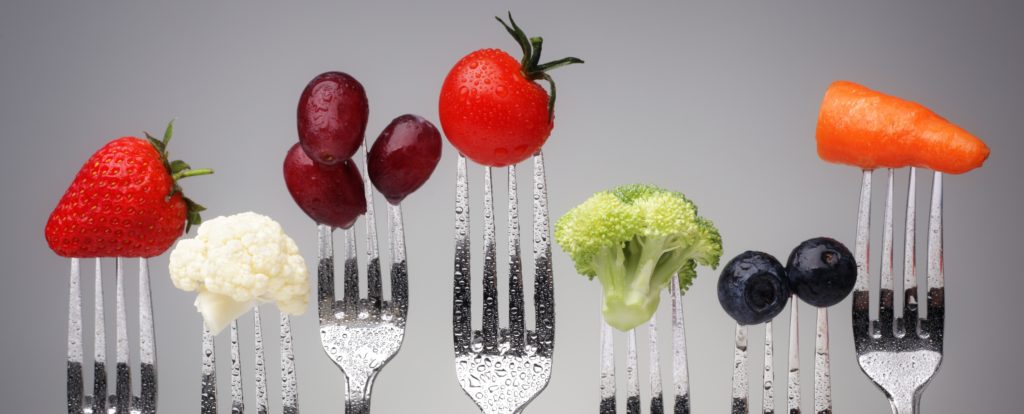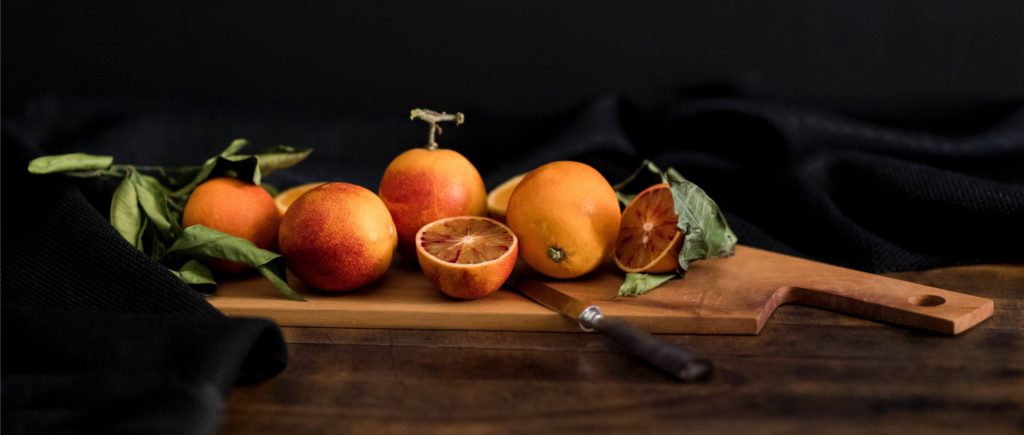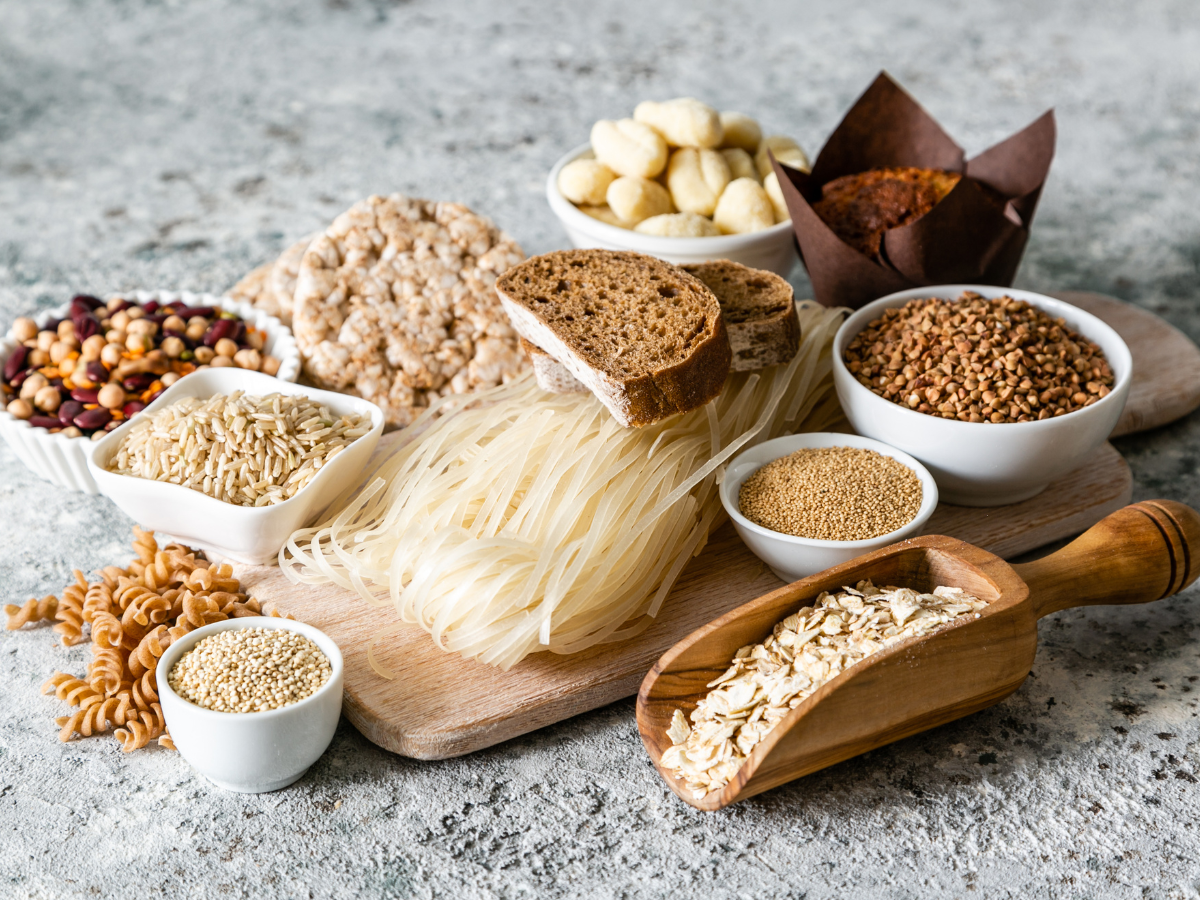
February is always an exciting time. The comedown feeling from Christmas has abated and January, which often feels like 2 years’ long, is finally over.
February is an exciting month to get more adventurous in the kitchen to kick start your seasonal cooking. So, what fruits and vegetables are in season in February?
This month features several foods which are in their last month of season and a few that are only just starting out. We’ve rounded up the most nutritious foods that are in season and asked Sarah Hughes, one of our qualified Nutritional Therapists, to tell you why you need to incorporate these foods into your dishes and add them to your shopping trolley!
Beetroot
Roast it, steam it, blend it, drink it, beetroot is jam-packed with antioxidants to keep your immune system in check for the last few months of winter. “Beetroot is still in season – full of B vitamins to improve nerve health and iron to strengthen the blood and improve its oxygen uptake. Beetroot juice has been proven to lower blood pressure. Don’t forget to use the leaves as well, lightly steam and eat as a vegetable – full of vitamin K so they are good for strong bones too,†says Sarah.
Purple Sprouting Broccoli
“This cruciferous vegetable is high in many nutrients including vitamin C and fibre, so benefits both immunity and digestion. It has the highest levels of carotenoids of all the cabbage family, particularly lutein which benefits eyesight. The purple sprouting variety has more antioxidants than the green varieties but is more prone to nutrient loss when cooked, so only lightly steam for best results,†Sarah advises. The purple sprouting broccoli is a great seasonal food, perfect with your Sunday roast by sprinkling some cooked garlic, sesame oil and season with pepper and it’s ready to serve.
Spring Lamb
Sarah advises that spring lamb is “largely still grass-fed which means it’s lower in cholesterol than many other meats and high in the essential fats omega 3 and 6. Lamb is high in B vitamins, particularly vitamin B12 which aids the prevention of heart disease and are necessary for a strong nervous systemâ€. A great way to incorporate spring lamb into your diet is to make some healthy kebabs. Simply dice the lamb in 2cm chunks, peel the garlic and slowly grate over the lamb with some lemon. Sprinkle some basil and oregano over the lamb and cook until golden brown. Serve with steamed vegetables and grilled halloumi as a side option.
Apples
February is the last month you will see apples in season. “Apples contain many minerals and vitamins including vitamin C and iron for immunity and digestion. Eat with the skins on to get maximum nutrients but always wash first. Apples contain pectin which can not only help reduce cholesterol but keep the bowels regular,†Sarah says. So, when they say ‘one apple a day keeps the doctor away’, there is truth to this!
Bell Peppers
You might catch apples in their last month of season, but peppers are only just starting out. Peppers ‘are a colourful addition to our plate and come in red, yellow, orange and green varieties. Did you know that red bell peppers are actually green peppers that have been left on the vine to ripen? That is why ‘the green has a more bitter taste. High in vitamin A and C, bell peppers are a useful addition to any diet and often a great way of getting children to eat veg when used as crudités’ Sarah says. Bell peppers are perfect for snacking at work or just before dinner. One of the many seasonal dishes you can have, simply cut into 2cm slices and add a dollop of hummus or other dipping sauce for further flavour.
Swede
Swede is another veggie in season. It’s a typical autumn and winter food – similar to parsnips and turnips. February is the last month you can catch swede in season. “The swede or neep is a root vegetable that has been part of our diet for centuries. High in vitamin C it is delicious mashed with carrots,†Sarah mentions. It is a mild and sweet flavoured vegetable full of fibre, calcium and potassium.
Whiting
“Whiting are fish that come from our North Atlantic seas. Delicious lightly fried with a bit of butter, these small fish are part of the cod family but much more sustainable, so tuck in,†Sarah announces. You can even season the fish with dill, lemon and herbs to add even more depth to the flavour.
Cauliflower
Similar to purple sprouting broccoli, cauliflower is “another member of the cruciferous family, important for supporting the liver. Cauliflower is a great low carb alternative to mashed potato when steamed and mashed with some grainy mustard,†Sarah recommends. Filled with vitamin C, anti-inflammatory nutrients and choline to boost your brain health, cauliflower needs to make an introduction to your dinner recipes this month.
Venison
“Venison is deer meat that is very low in saturated fat. Like other red meats, it’s high in iron, protein and B vitamins, all needed for growth and repair of bone and tissue health as well as nerve function†Sarah says. Not tried venison before? The taste can be confused with beef and it has more protein than any other red meat out there. Venison can work well with Thai dishes; think: chilli, garlic and ginger flavourings.
Blood Oranges
Not to be confused with clementines, blood oranges only make a relatively short appearance in late winter. They have the sweetest taste in January and February, so now is the time to stock up. Teeming with vitamin C to help you fight through all the winter bugs, they are sweet enough to tuck into as a snack or use as a dressing over your salads.
From new food trends to ingredients you need to add to your basket during February, this year may well see you getting more adventurous in the kitchen, especially if you’re giving up a few food ingredients over Lent. But if you find your stomach is less excited about the changes, there is an easy way to confirm whether new additions to your diet aren’t working for you.
Most of the ingredients mentioned in this article, including deer, lamb and bell peppers, are tested under YorkTest’s Premium Food Intolerance Test†, which analyses your IgG reactions to 200 foods and drink to pinpoint the foods you need to avoid.
If you’re concerned that your diet is causing you problems, you can read our case studies for first-hand accounts of bloating, skin problems, and abdominal pain.
Make 2018 the year you discover your food fingerprint.
Further support
10 surprising foods that can give you bloating and gas – Did you know that some seasonal products, such as fruit and veggies can cause bloating in some people? This blog post explains what fruits cause gas and bloating and also what vegetables can cause bloating.
How can you treat your bloated stomach? – Sometimes a seasonal diet or seasonal cooking could aggravate conditions, such as bloating, especially if your ingredients are classed as high FODMAP foods. Find out more here.
†YorkTest define food intolerance as a food-specific IgG reaction
YorkTest recommend that you discuss any medical concerns you have with a GP before undertaking a YorkTest programme













